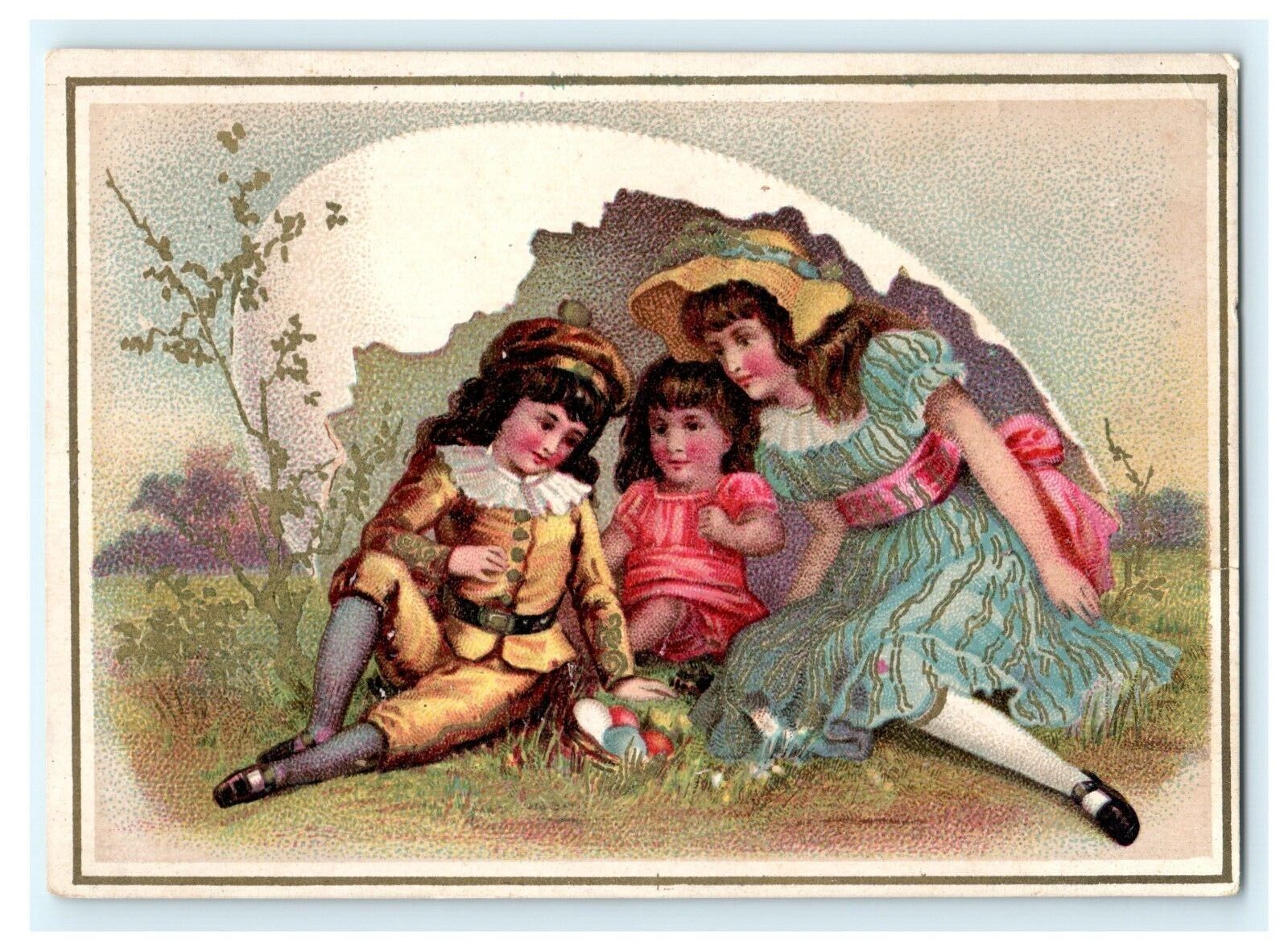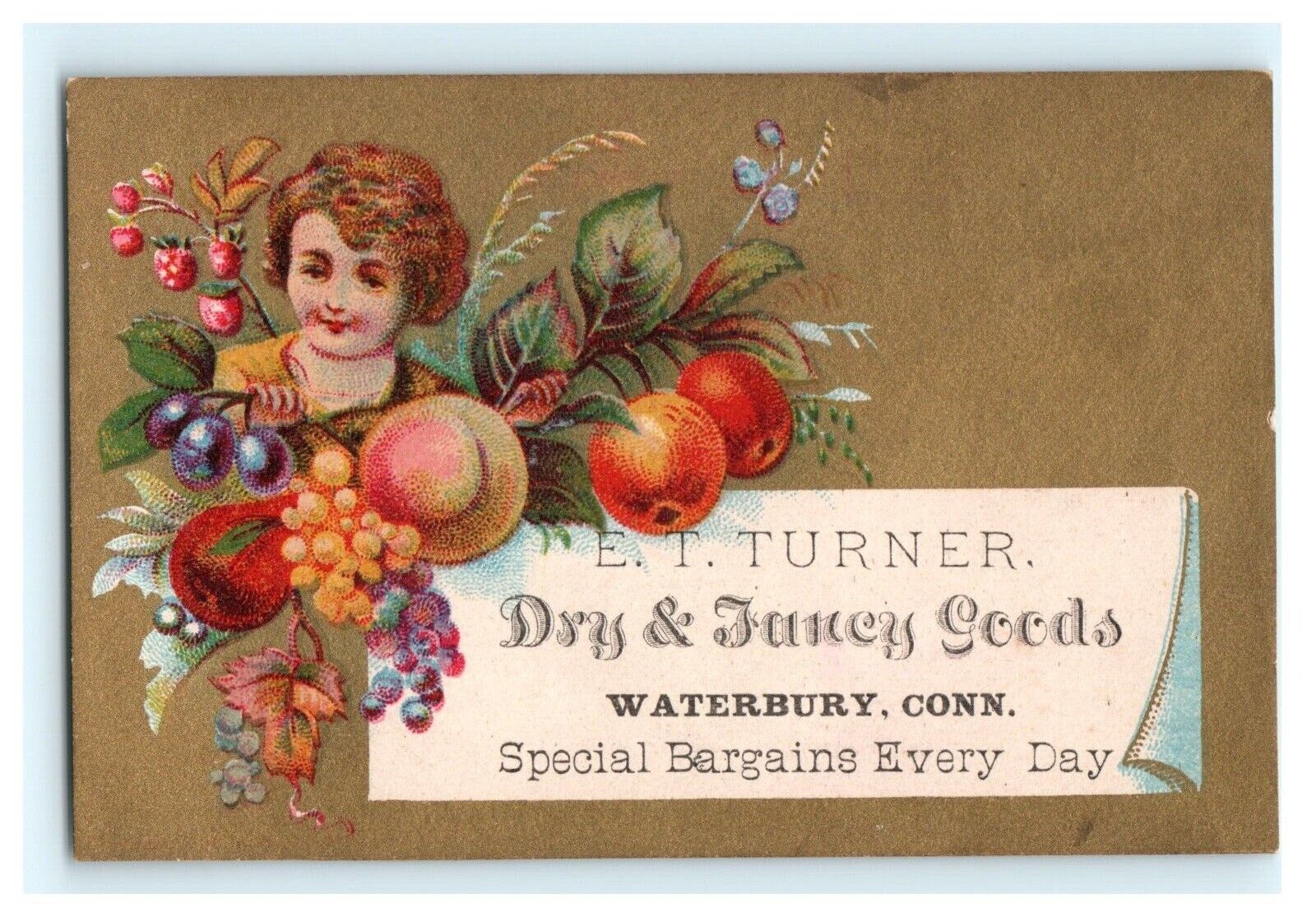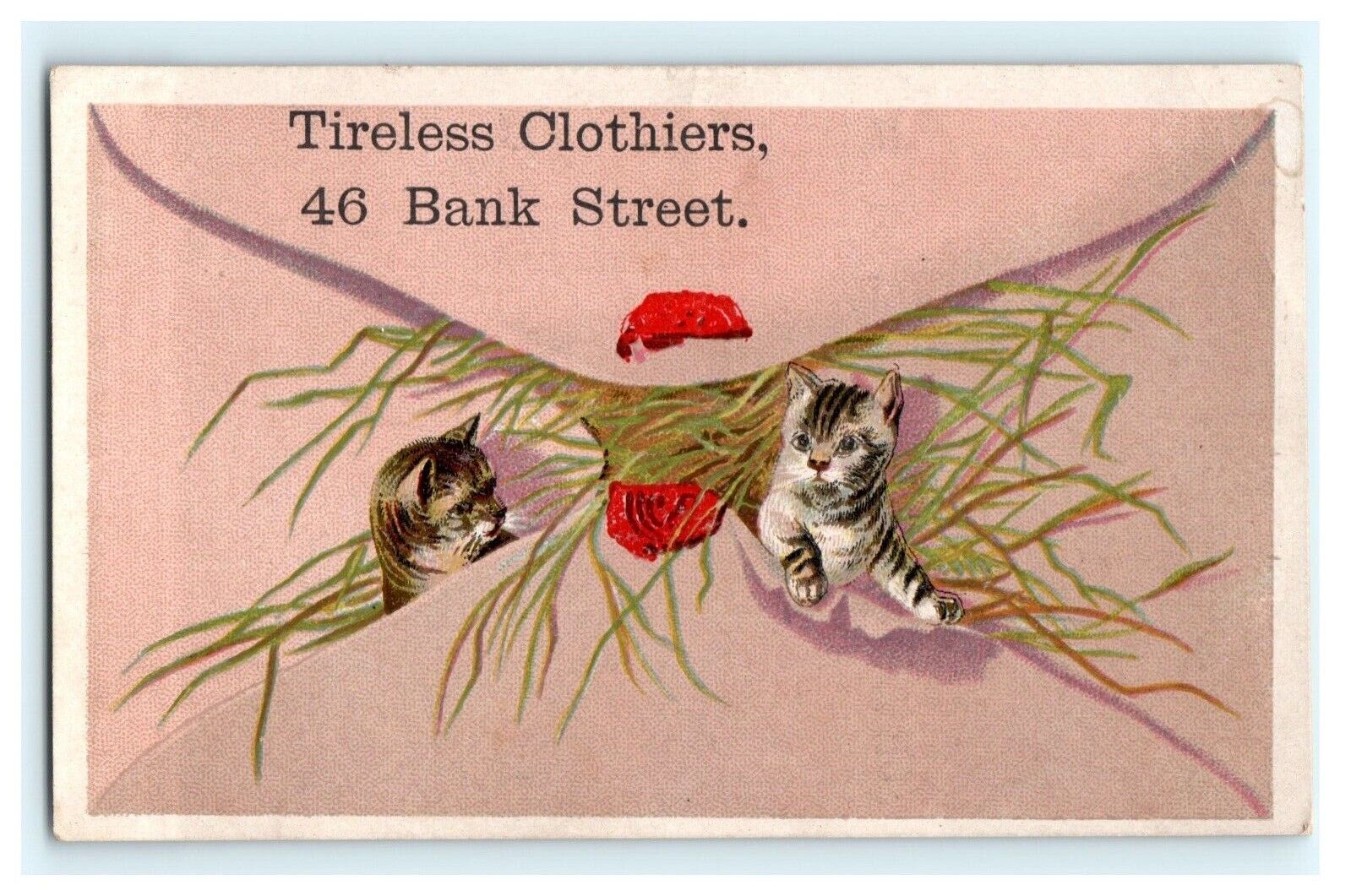-40%
Konigin von Frankreich A Trade Card in German for an English Company Framed
$ 52.79
- Description
- Size Guide
Description
Here we have a trade card produced by an English company for the German market. This is actually one of my favorite cards from my collection of ephemera. From an aesthetic standpoint, it’s very attractive. The image on the front states, in German, that it’s the “Queen of France.” In her jewels and regal robes, she is set against a heraldic pattern of gold fleurs-de-lis on a deep blue ground. She holds a scepter mounted with a fleur-de-lis finial. It is all decidedly French. Beneath this image—and so we don’t forget that this was a trade card, after all—is a drawing of some kind of product which is labeled as:L
IEBIG’S
FLEISCH EXTRACT
The canister seems to be adorned with an illustration of a cow…or a bear. No, it’s a cow. I think.
This is one of a series of cards produced by England’s Liebig Meat Company. Their multi-lingual advertising included collectible cards featuring famous historical figures. These cards were used throughout Europe to advertise for their meat-based products. In the 1840s, given the cost of beef in Europe, the Liebig Company began producing their famous Meat Extract which was a thick, black, gummy molasses-like syrup made from typically inedible parts of the cow. Meant as a substitute for costly meat, the extract was intended to be a nutritious tonic. I can’t imagine how incredibly disgusting that stuff must have been.
By the 1870’s, Liebig was also producing cooked canned corned beef—just like our Victorian, American buddies at Libby, McNeill and Libby. In 1899, even the Liebig Meat Extract had become prohibitively expensive for most families. And, so, the firm created another brand—Oxo—which was meant to be a cheaper substitute. Cheaper than meat syrup? What was in Oxo? I can’t imagine. By the 1920’s Oxo also introduced a line of bouillon cubes, and, then, dried glands and other yucky stuff.
The reverse shows the same canister of Liebig’s Meat Extract as well a bottle of Oxo—both underneath a color signature along with a lot of German ad copy. I’m not going to bother to try to recreate the ad copy for this one since I know I’ll bungle the German. Still, regardless of the fact that it’s advertising cow syrup, it’s quite attractive. Since we see the Oxo bottle, I'd place the date of this card around 1900.

















